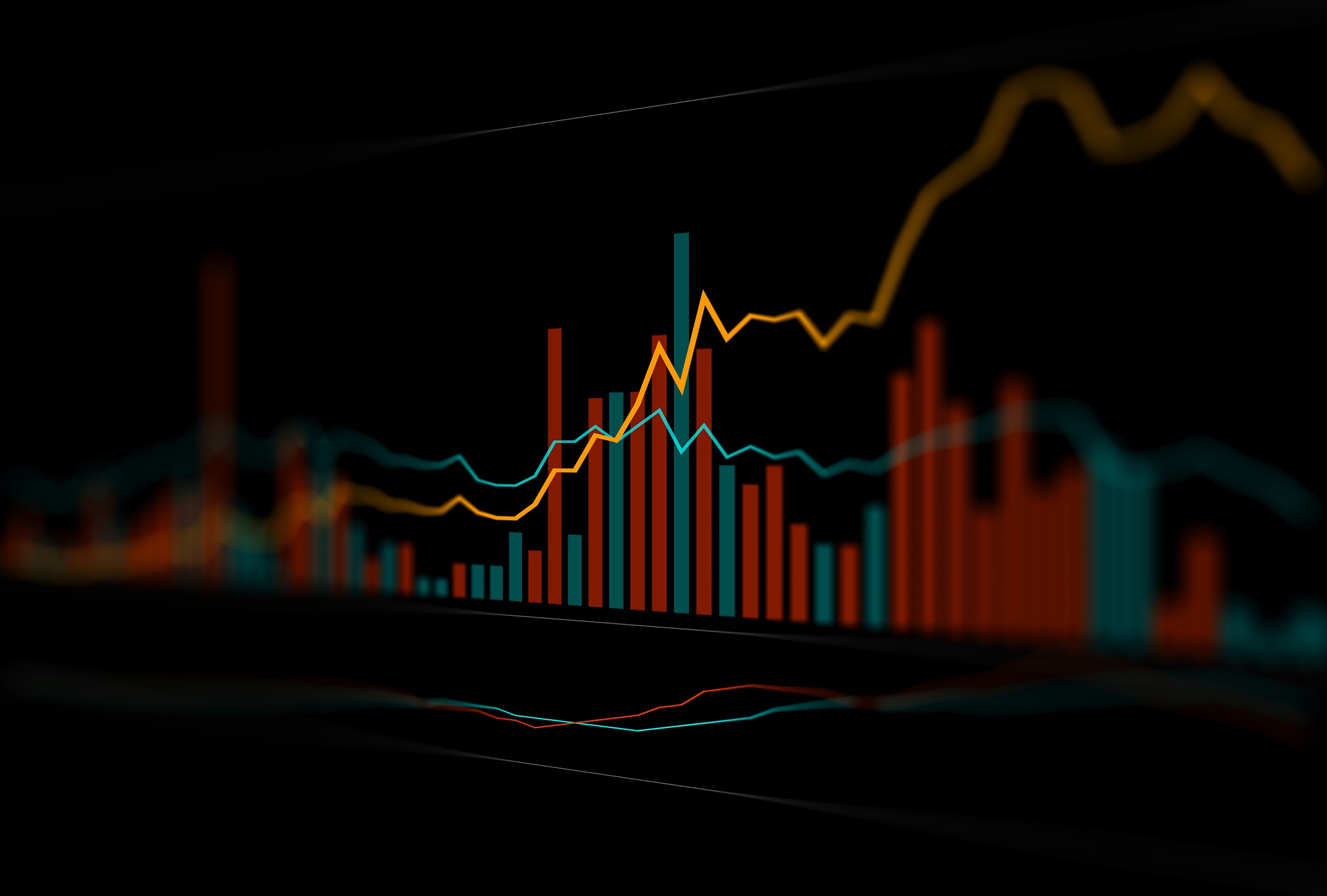The sustained rally in crude that commenced at the end of 2017 has been a boon for Canada’s beaten-down energy patch. It has triggered a massive surge in the value of upstream oil stocks, including Baytex Energy Corp. (TSX:BTE)(NYSE:BTE), which has spiked by 45% since the start of 2018. There are plenty of signs that Baytex will rally further over the remainder of the year, despite fears that OPEC and Russia could end the production caps established in late 2016.
Now what?
The crown jewel of Baytex’s assets is the 20,200 acres that it owns in what has been described by some analysts as the sweet spot of the Eagle Ford basin. It acquired that property when it bought Australian driller Aurora Oil and Gas Ltd. in 2014.
Since the sharp decline in oil prices, which began in late 2014, Baytex has focused on developing that asset, including allocating 55% of its 2018 exploration and development budget to its Eagle Ford acreage. The reasons for this are simple: the oil produced from that property is responsible for generating Baytex’s highest margins and is the most profitable oil that it produces.
This becomes clear when examining Baytex’s first-quarter 2018 results. For that quarter, Baytex’s Eagle Ford operations reported a netback of $32.48 per barrel compared to $8.04 for its Canadian business. These high netbacks can be attributed to the low operating costs of its Eagle Ford acreage, which, for the first quarter, came to $6.31 for every barrel produced, or roughly a third of the costs associated with Baytex’s Canadian operations. Then it needs to be considered that the heavy oil produced by its Canadian assets sells at a steep discount to West Texas Intermediate (WTI), whereas the discount applied to the light oil produced in the Eagle Ford is almost insignificant in comparison.
Unsurprisingly, that sees its Eagle Ford acreage generating an internal rate of return (IRR) of 85% when WTI is at US$60 per barrel, whereas Baytex’s Peace River heavy oil property, which is responsible for almost a third of its production, is only delivering an IRR of 50%.
Importantly, after reporting a solid first quarter, Baytex is on track to meet its 2018 guidance, where the company has projected that production will grow by up to 3% year over year. In an operating environment where WTI has moved well above US$60 a barrel, this is a notable attribute that will give its earnings a healthy lift.
Baytex has also been able to significantly strengthen its balance sheet and substantially reduce the huge pile of debt that it took on as a result of the Aurora deal. While it finished the first quarter with long-term debt of $1.5 billion, there are no meaningful debt repayments due until 2021, providing the driller with plenty of time to accrue the cash required to meet those payments.
So what?
Baytex isn’t an investment for the faint of heart. Its considerable debt makes it vulnerable to weaker oil, despite having mitigated some of that risk by bolstering its balance sheet and establishing a hedging program.
Nonetheless, with every indication that oil will remain above US$60 a barrel for the foreseeable future coupled with Baytex’s high-quality Eagle Ford acreage, it is an attractive means of playing higher oil.









